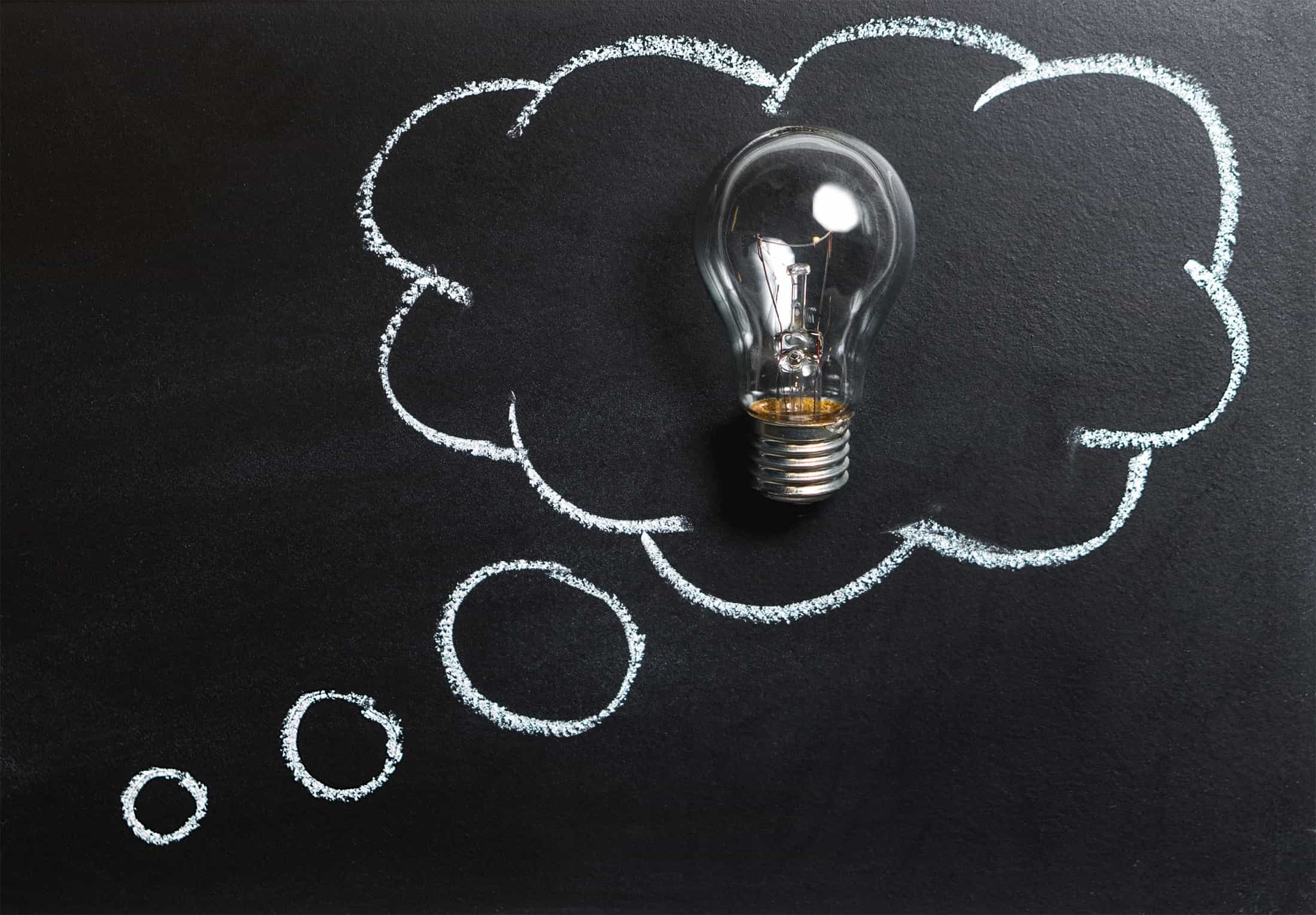3 Keys to Understanding Purchase Mortgages
“MortgageCS guided us through our first home buying process. We loved working with their entire team. They are professional, responsive, and accommodating. We would highly recommend them to anyone in the market for a new home!”

Wondering how to buy a home and don't know where to start? You aren't alone in your quest to understand the home-buying process. Those looking to buy a home can quickly become overwhelmed resulting in burnout. The best way to avoid information overload is to walk before you run. Here are the 3 keys to understanding purchase mortgages.
Key 1: What is a mortgage?
A mortgage loan is a loan that is used to purchase a home. A borrower will obtain a mortgage from a bank or other lending institution in lieu of using all cash to purchase the home. Just as someone could finance the purchase of a car, would-be homebuyers can finance the purchase of a home.
When a mortgage is used by a borrower, the bank or lending institution will place a lien on the property's title. This is not a bad thing! When mortgages are secured by a home's title, they become less risky. Lower risk means the banks will offer more favorable interest rates when compared to personal loans that are not secured by any property. Lower interest rates will translate into lower payments, and that is a great thing!
The exact term "mortgage" refers to a specific document that is created and recorded as a public record:
A mortgage is a legal document creating a lien on a property after an agreement is reached between a borrower and lender. The mortgage becomes a public record document at the county’s office and secures a property as collateral in consideration for funds borrowed.
How does a mortgage help homebuyers?
Without mortgage loans, buying a home with cash would be the only option. Yikes!
With mortgage loans, buying a home is much more manageable. Would-be buyers will use cash to pay only a portion of the home's purchase price. This is called the down payment. It is also typical that a buyer will pay at least a portion of the closing costs out of their cash. Take a look below for a simple example regarding a $200,000 home purchase:
When a mortgage borrower purchases a $200,000 home, this results in a $160,000 mortgage and $50,000 cash required at closing. This $50,000 includes $40,000 for a down payment and $10,000 as closing costs.
Key 2: What is a debt ratio?
Debt ratios matter a great deal when qualifying for a purchase mortgage. The bank or lender requires proof that you can manage your soon-to-be housing payment. They'll look for this proof by comparing your monthly debts to your monthly income and establishing a debt ratio. Your monthly debts will be obtained from your credit report and your monthly income will be calculated using paystubs and recent W2 statements.
Once a debt ratio is calculated, it is typically converted into a percentage. A debt ratio that is too high will either restrict the loan programs you may have access to or disqualify you completely. Yikes!
Two different debt ratio calculations?
The front-end debt ratio examines all debts except for those associated with the new housing payment. The back-end debt ratio will examine all debts and include a soon-to-be housing payment. A back-end debt ratio below 43 percent is typically low enough to have access to virtually all loan programs. Once a debt ratio exceeds 43 percent, loan program availability will be reduced drastically.
Debt Ratio Example
Assume you earn $10,000 monthly and have a car payment of $400 and student loan payments of $400 each month. Your front end ratio will be ($400+$400)/$6,400 = 12.5%. This number is far below the typical requirement of 31% for FHA loan front-end debt ratios.
Add in a new housing payment of $1,600 and the back-end debt ratio becomes ($800 + $1,600)/$6,400 = 37.5%. This ratio is approaching the limit for of 43% but still within a reasonable range to obtain access to most loan programs.
Important Tip: When calculating a debt ratio, mortgage lenders will use gross income (income before taxes).
Key 3: What goes into a mortgage payment?
A monthly mortgage payment is typically made up of four key components: principal, interest, taxes, and insurance. These four items are commonly referred to as PITI. Phonetically, PITI is pronounced "pity."
PITI explained
Principal and interest are calculated based on your starting loan balance and the interest rate associated with your loan. Taxes refer to the real estate taxes associated with the property. Insurance refers to the cost of the homeowners insurance required to protect the property. Homeowners insurance is a requirement when a mortgage is used to buy a property. This is because the mortgage lender needs to ensure the collateral (your home) is protected.
If you put down less than 20 percent of the purchase price when you buy a home, you may need to add mortgage insurance to this number. You also may need to add monthly association dues if you purchase a condo, townhouse, or any property included in an association. Since you know the basics of PITI now, these are simple to add to your monthly required payment.
What's next?
You now have a firm understanding of mortgages, debt ratios, and the components of a mortgage payment. Armed with this information, you can now continue your learning with ease - good luck!
Quickstart the process
Get the confidence and clarity you deserve.
Ready to get started? Schedule a call for expert mortgage guidance, or go straight to the application.
